Home>Garden Essentials>How Many Pots Per Cubic Foot Of Soil Mix
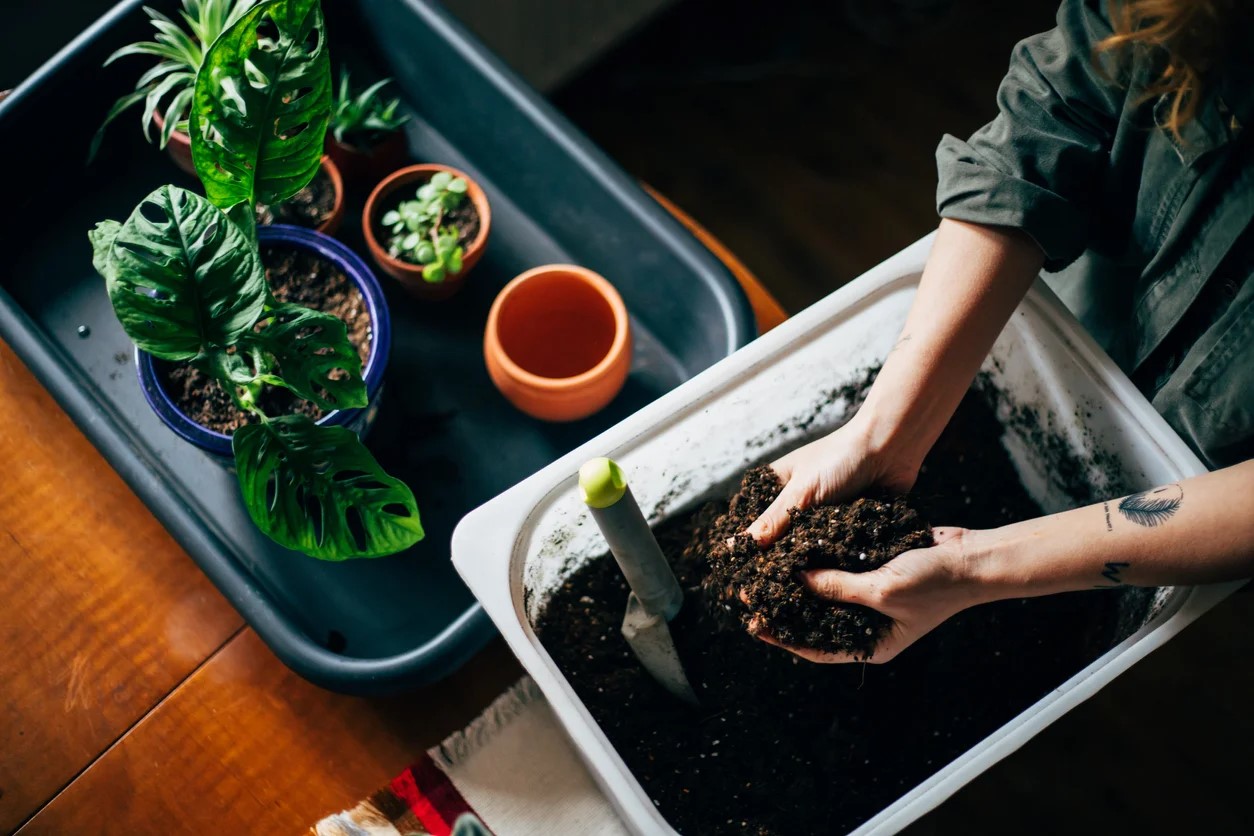

Garden Essentials
How Many Pots Per Cubic Foot Of Soil Mix
Modified: March 16, 2024
Discover how many pots you can fit in a cubic foot of garden soil mix. Maximize your gardening space with this helpful guide.
(Many of the links in this article redirect to a specific reviewed product. Your purchase of these products through affiliate links helps to generate commission for Storables.com, at no extra cost. Learn more)
Introduction
When it comes to gardening, one of the key factors for success is finding the right balance between soil mix and pots. The soil mix provides the necessary nutrients and water retention for plant growth, while the pots serve as containers for the plants. But have you ever wondered how many pots can fit into a given volume of soil mix?
In this article, we will dive into the world of soil mix and pots and explore how to determine the number of pots per cubic foot of soil mix. Understanding this aspect is crucial for gardeners, as it helps in planning and optimizing space utilization in their gardens or nurseries.
So, let’s roll up our sleeves and dig deep into the world of soil mix and pots!
Key Takeaways:
- Calculate the number of pots per cubic foot by dividing the volume of a cubic foot by the volume of a single pot. Consider factors like pot shape, root space, and watering needs for optimal plant growth.
- Balancing pot density and plant needs is crucial for efficient gardening. Experiment and observe to find the ideal pot density for healthy plant growth and space utilization.
Read more: How To Make Potting Soil Mix
Understanding Soil Mix and Pots
Before we delve into calculating the number of pots per cubic foot of soil mix, let’s first understand the key components – the soil mix and the pots.
The soil mix, also known as potting mix or growing medium, is a combination of various organic and inorganic materials. It is designed to provide the necessary nutrients, water retention, and drainage for plants to thrive. Typically, a good soil mix consists of a blend of organic matter (such as compost or peat moss), inorganic materials (such as perlite or vermiculite), and other additives to optimize plant growth.
On the other hand, pots, or containers, are essential for holding the soil mix and supporting the plants. They come in various shapes, sizes, and materials. Common types of pots include plastic pots, clay pots, ceramic pots, and fabric pots. The choice of pots depends on factors such as the type of plants, aesthetic preferences, and environmental conditions.
Both the soil mix and pots play vital roles in plant health and growth. While the soil mix provides nutrients and water retention, the pots help in proper drainage and aeration. Together, they create an environment that promotes healthy root development and overall plant vitality.
Now that we have a basic understanding of soil mix and pots, let’s move on to determining the volume of a pot, which is essential for calculating the number of pots per cubic foot of soil mix.
Determining the Volume of a Pot
Calculating the volume of a pot is crucial to determine the number of pots that can fit into a given space. The volume of a pot can be calculated using a simple formula.
The formula to calculate the volume of a pot is:
Volume = π * radius² * height
Here, π (pi) is a mathematical constant approximately equal to 3.14159. The radius is the distance from the center of the pot to the edge, and the height is the distance from the base to the top of the pot.
To measure the radius, simply place a ruler or tape measure from the center of the pot to the edge and record the length. Measure the height by placing the ruler or tape measure from the base to the top of the pot and recording the length.
Once you have obtained the radius and height measurements, substitute them into the volume formula to calculate the volume of the pot.
For example, let’s say you have a pot with a radius of 5 inches and a height of 8 inches. Plugging these values into the formula, the calculation would be:
Volume = 3.14159 * 5² * 8
Volume ≈ 628.32 cubic inches
Remember to use the same units (e.g., inches, centimeters) for both the radius and height measurements to ensure accurate results.
Now that you know how to determine the volume of a pot, let’s move on to calculating the number of pots per cubic foot of soil mix.
A general rule of thumb is to have 1 to 2 pots per cubic foot of soil mix. This allows enough space for the plants to grow and access nutrients without overcrowding.
Calculating the Number of Pots per Cubic Foot
Now that we have the volume of a single pot, we can move on to calculate the number of pots that can fit into a cubic foot of soil mix. This calculation will help us determine the pot density and plan our garden or nursery space effectively.
To calculate the number of pots per cubic foot, we need to know the volume of a cubic foot. One cubic foot is equal to 12 inches by 12 inches by 12 inches, which amounts to 1,728 cubic inches.
So, to calculate the number of pots per cubic foot, we divide the volume of a cubic foot by the volume of a single pot.
Number of Pots per Cubic Foot = Volume of a Cubic Foot / Volume of a Single Pot
Using our previous example, if the volume of a pot is approximately 628.32 cubic inches, the calculation would be:
Number of Pots per Cubic Foot = 1,728 / 628.32 ≈ 2.75 pots
It’s important to note that the result is not always a whole number. In such cases, you can round the number up or down to the nearest whole number based on your preference and space availability.
Now that you know how to calculate the number of pots per cubic foot, you can use this information to optimize your gardening space and determine the number of plants you can accommodate in a given area.
However, there are a few factors that can affect pot density, which we’ll explore in the next section.
Factors Affecting Pot Density
While the calculation we discussed earlier gives us a general estimate of the number of pots per cubic foot, it’s important to consider that there are several factors that can affect pot density in practice. These factors can influence how closely pots can be placed together and affect the overall efficiency of space utilization. Let’s explore some of these factors:
- Pot shape and size: Different pot shapes and sizes can impact how closely pots can be packed together. Irregularly shaped pots or pots with flared rims may leave gaps between them, reducing the overall pot density.
- Root space: Providing ample space for plant roots is essential for their growth and development. Overcrowding pots can restrict root growth and lead to unhealthy plants. Consider the mature size of your plants and their root system’s needs when determining pot density.
- Watering and drainage: Proper watering and drainage are crucial for plant health. If pots are placed too closely together, it may impede water flow and affect drainage, leading to waterlogged soil and root rot. Leave enough space between pots to allow for proper watering and drainage.
- Plant access: Consider the ease of access to plants for maintenance tasks such as pruning, harvesting, or replanting. If pots are tightly packed together, it may become challenging to reach individual plants when needed.
It’s important to find a balance between maximizing space efficiency and providing the optimal growing conditions for your plants. Experimentation and observation will help you determine the ideal pot density for your specific plants and growing environment.
Now that we have explored the factors that can affect pot density, let’s summarize what we have learned so far.
Read more: What Is A Potting Soil Mix
Conclusion
Understanding the relationship between soil mix and pots is essential for successful gardening. Calculating the number of pots per cubic foot of soil mix can help you optimize space utilization in your garden or nursery and plan accordingly. By determining the volume of a single pot and the volume of a cubic foot, you can easily calculate the number of pots that can fit into the given space.
However, it’s important to consider the various factors that can affect pot density, such as the shape and size of pots, the needs of plant roots, watering and drainage requirements, and access for maintenance tasks. Balancing these factors is crucial for ensuring healthy plant growth and maximizing space efficiency.
Remember, experimentation and observation are key in finding the optimal pot density for your specific plants and growing environment. As you gain experience, you will be able to fine-tune the placement of pots to create an efficient and productive garden space.
So, the next time you plan your garden layout or nursery space, don’t forget to calculate the number of pots per cubic foot. This knowledge will empower you to make informed decisions and create a thriving garden that makes the most of your available space.
Happy gardening!
Frequently Asked Questions about How Many Pots Per Cubic Foot Of Soil Mix
Was this page helpful?
At Storables.com, we guarantee accurate and reliable information. Our content, validated by Expert Board Contributors, is crafted following stringent Editorial Policies. We're committed to providing you with well-researched, expert-backed insights for all your informational needs.
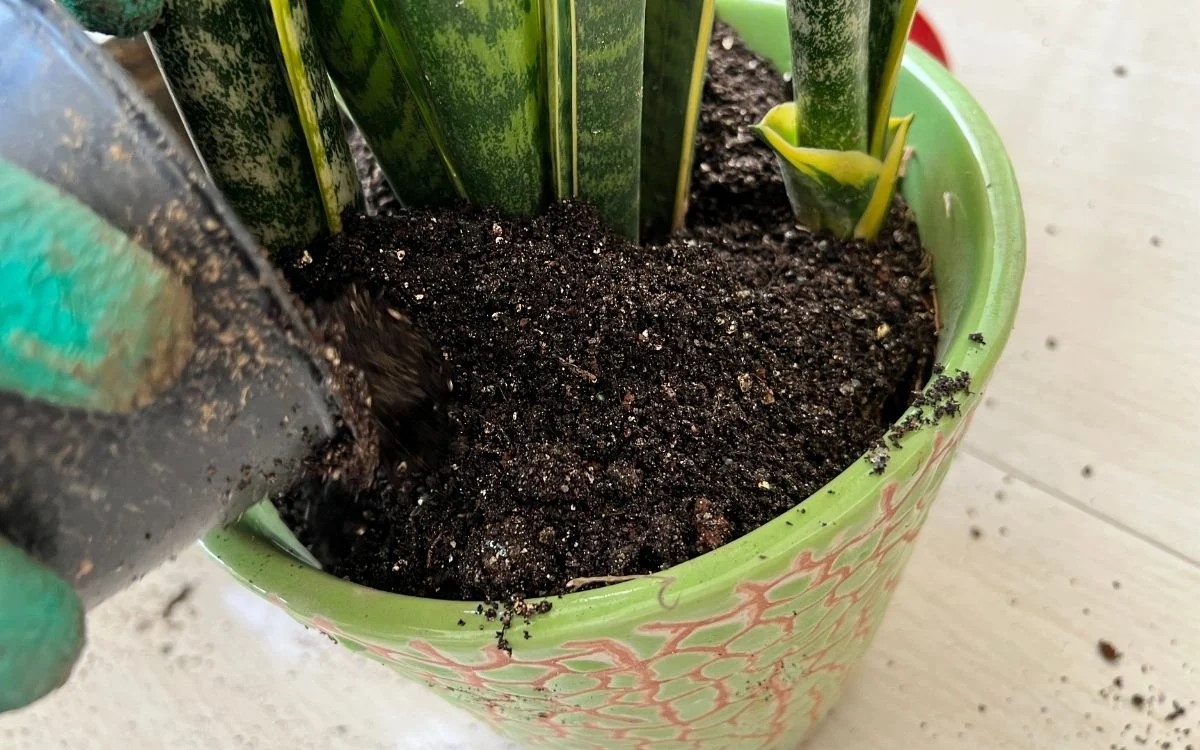
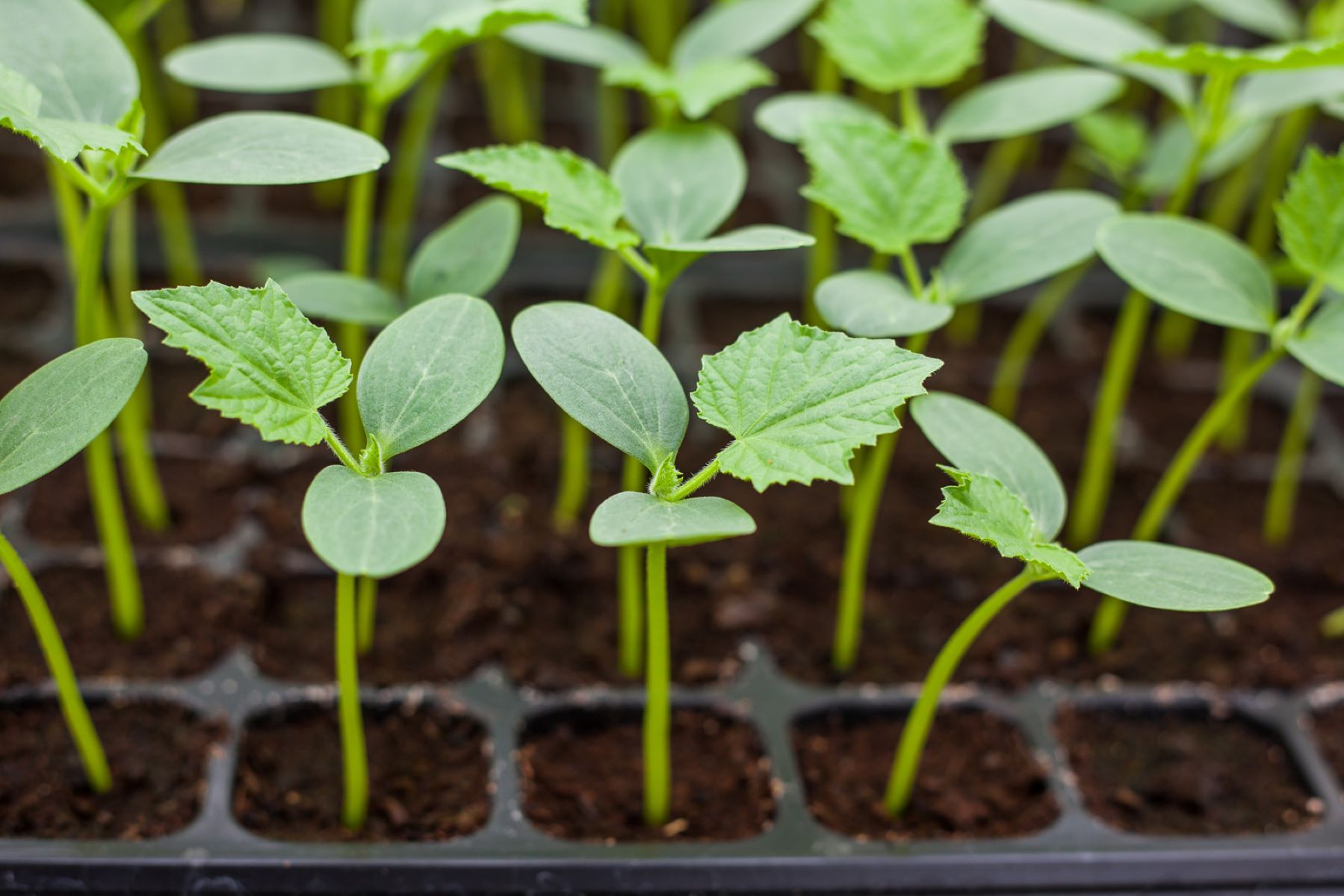
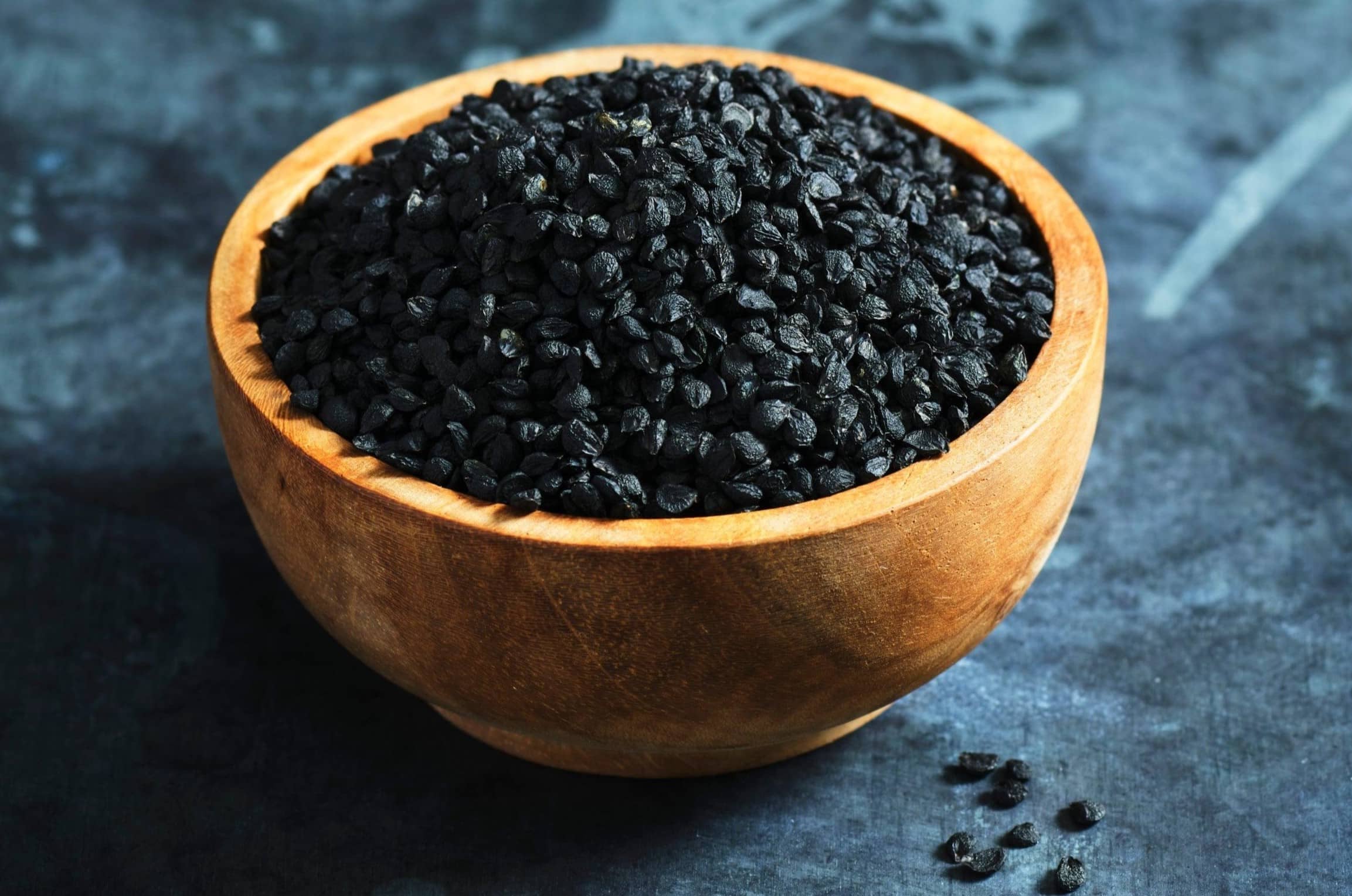
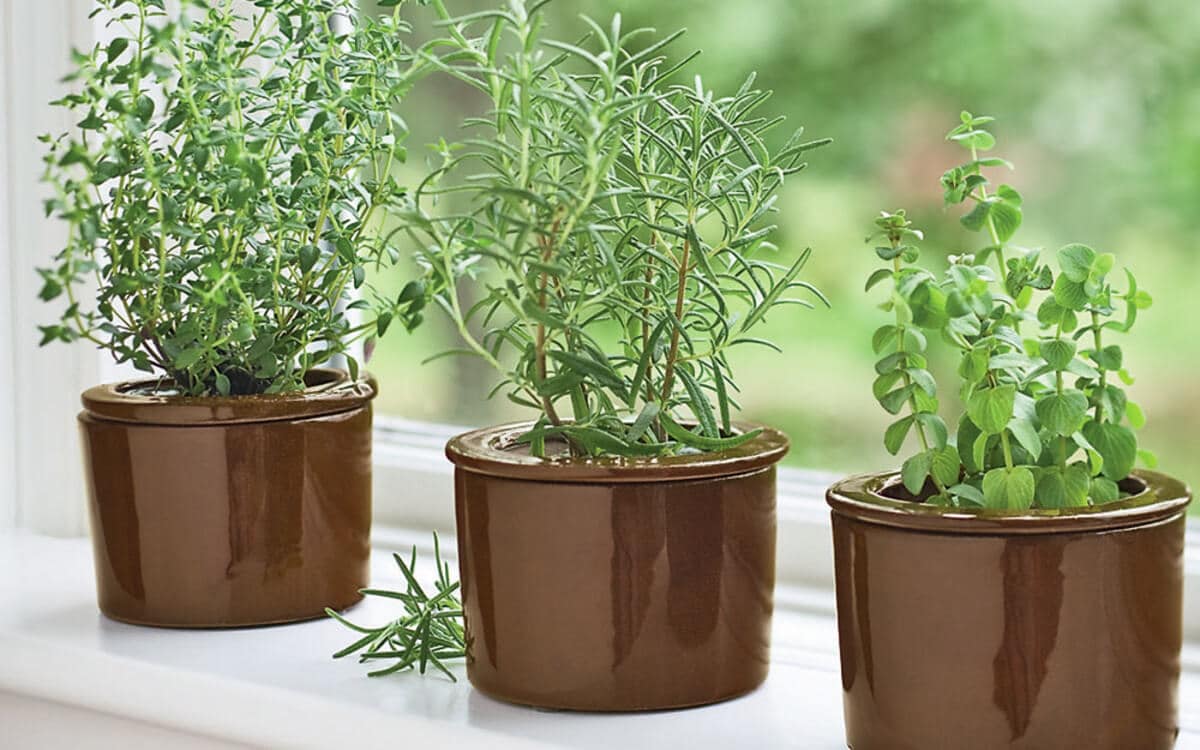
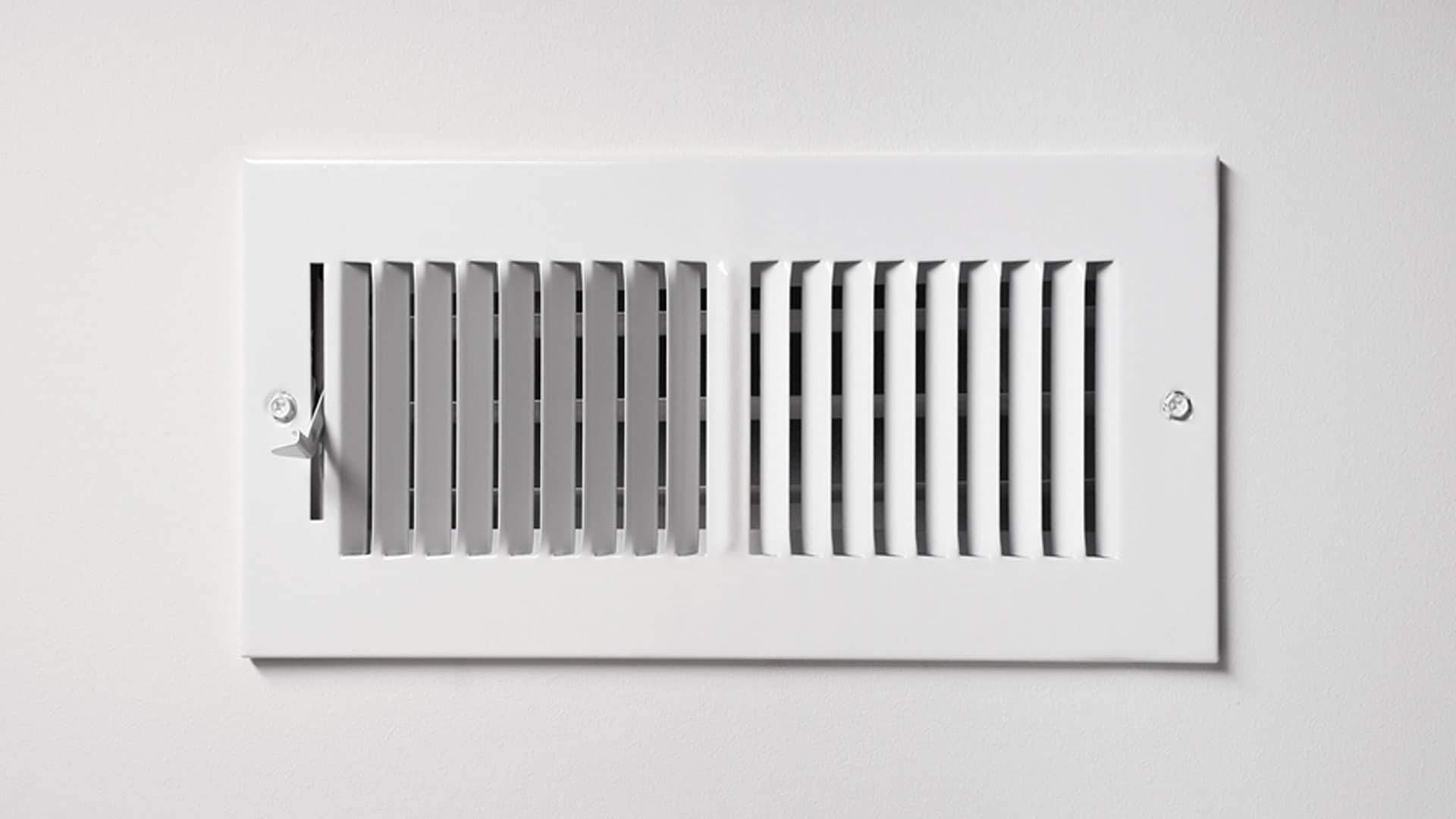
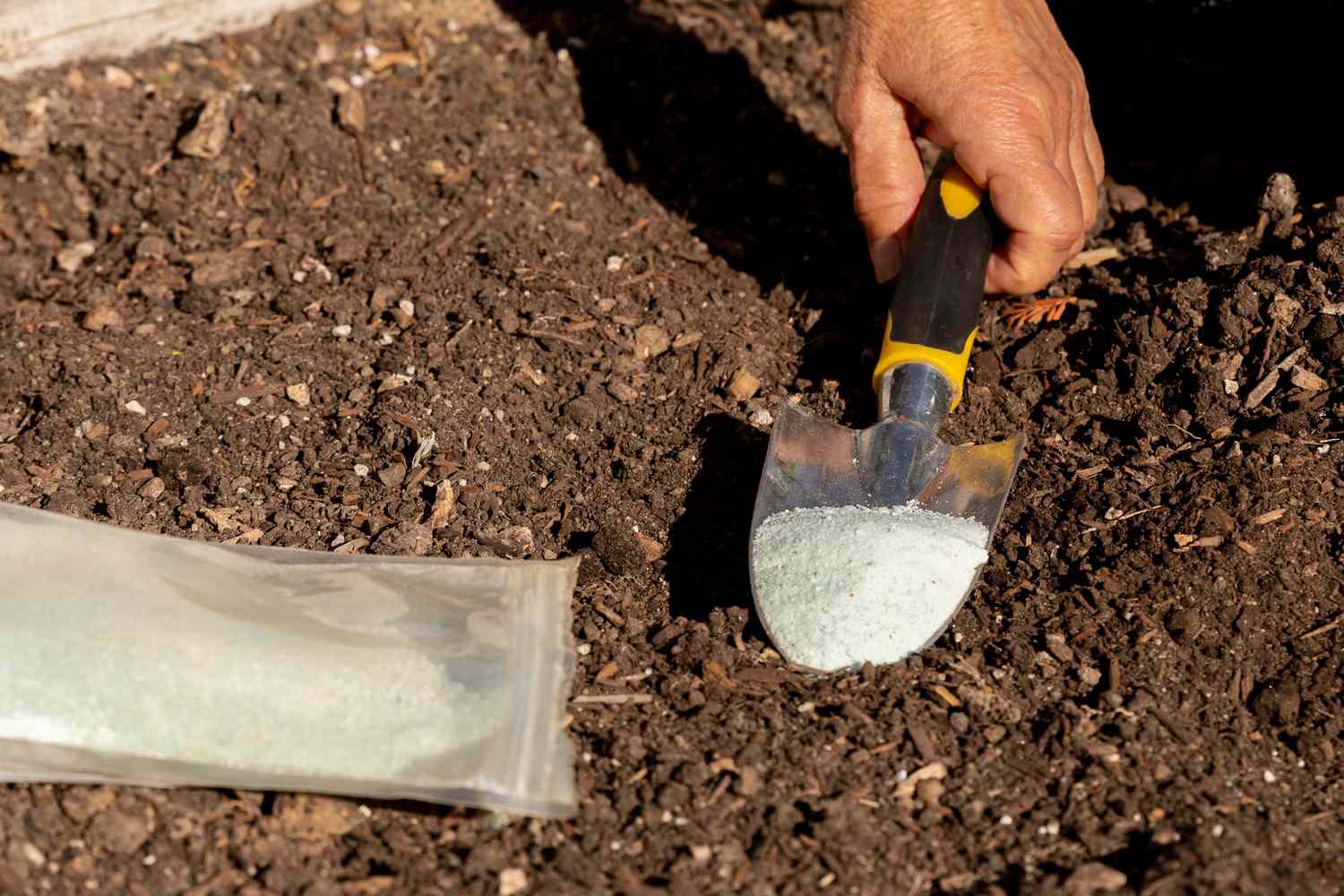
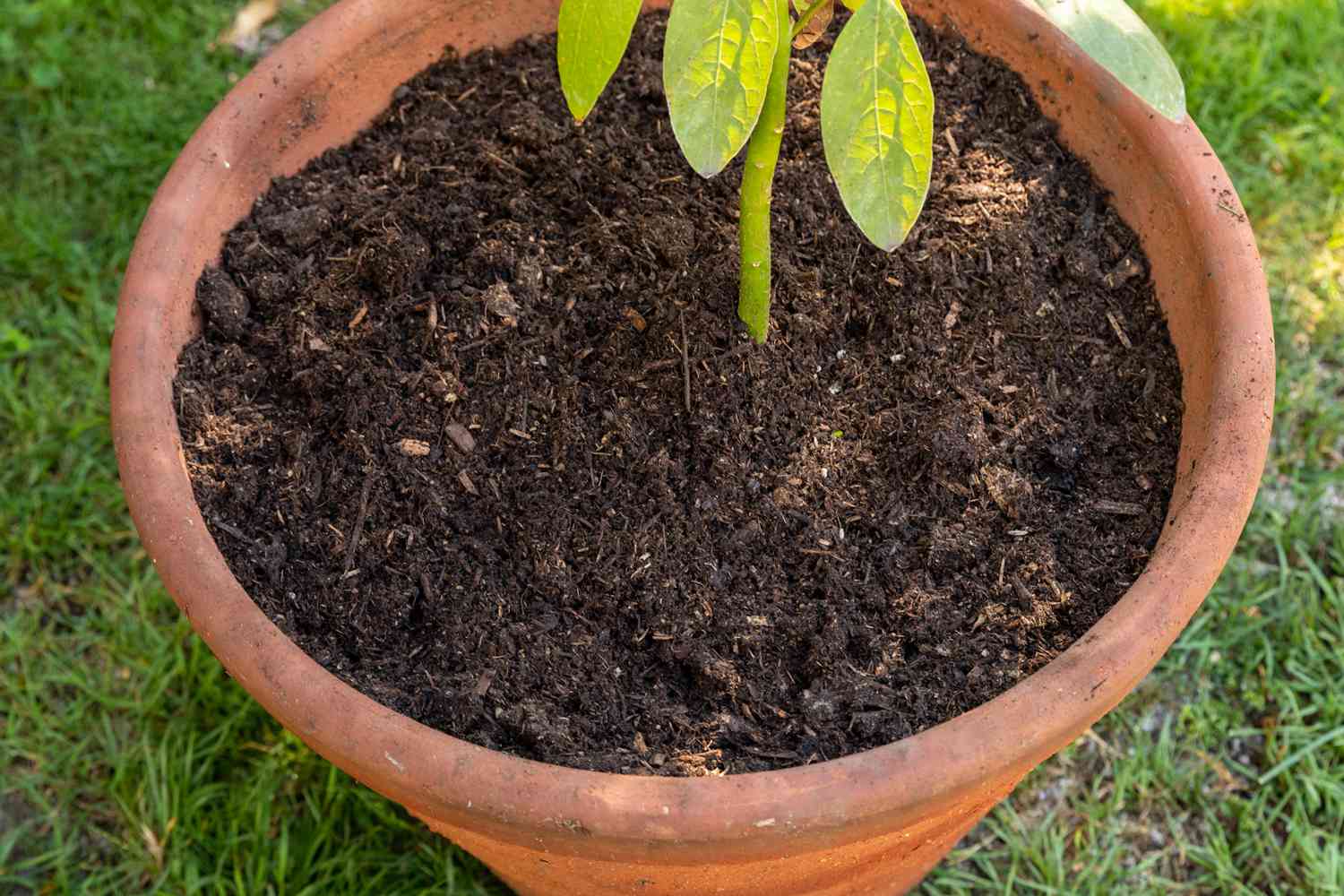
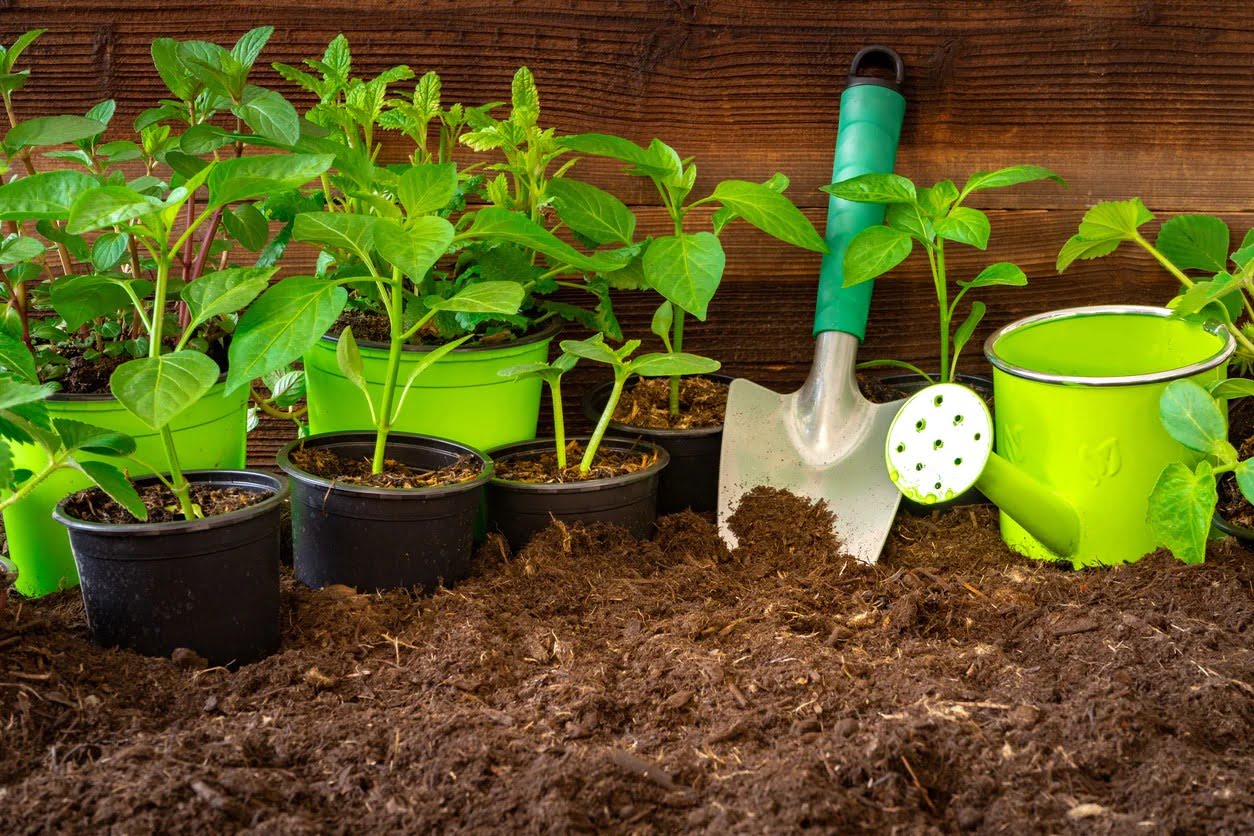
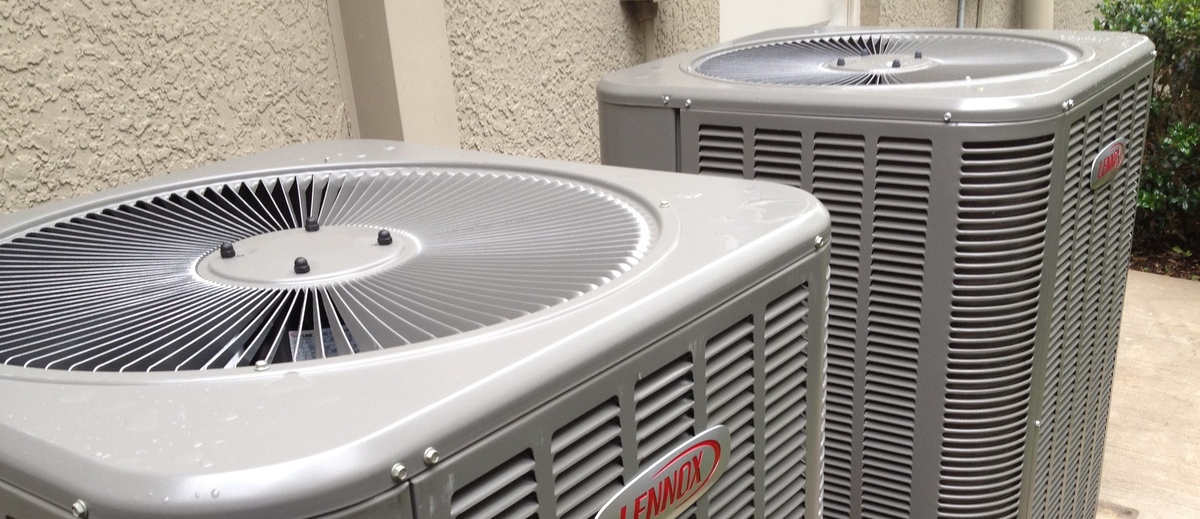
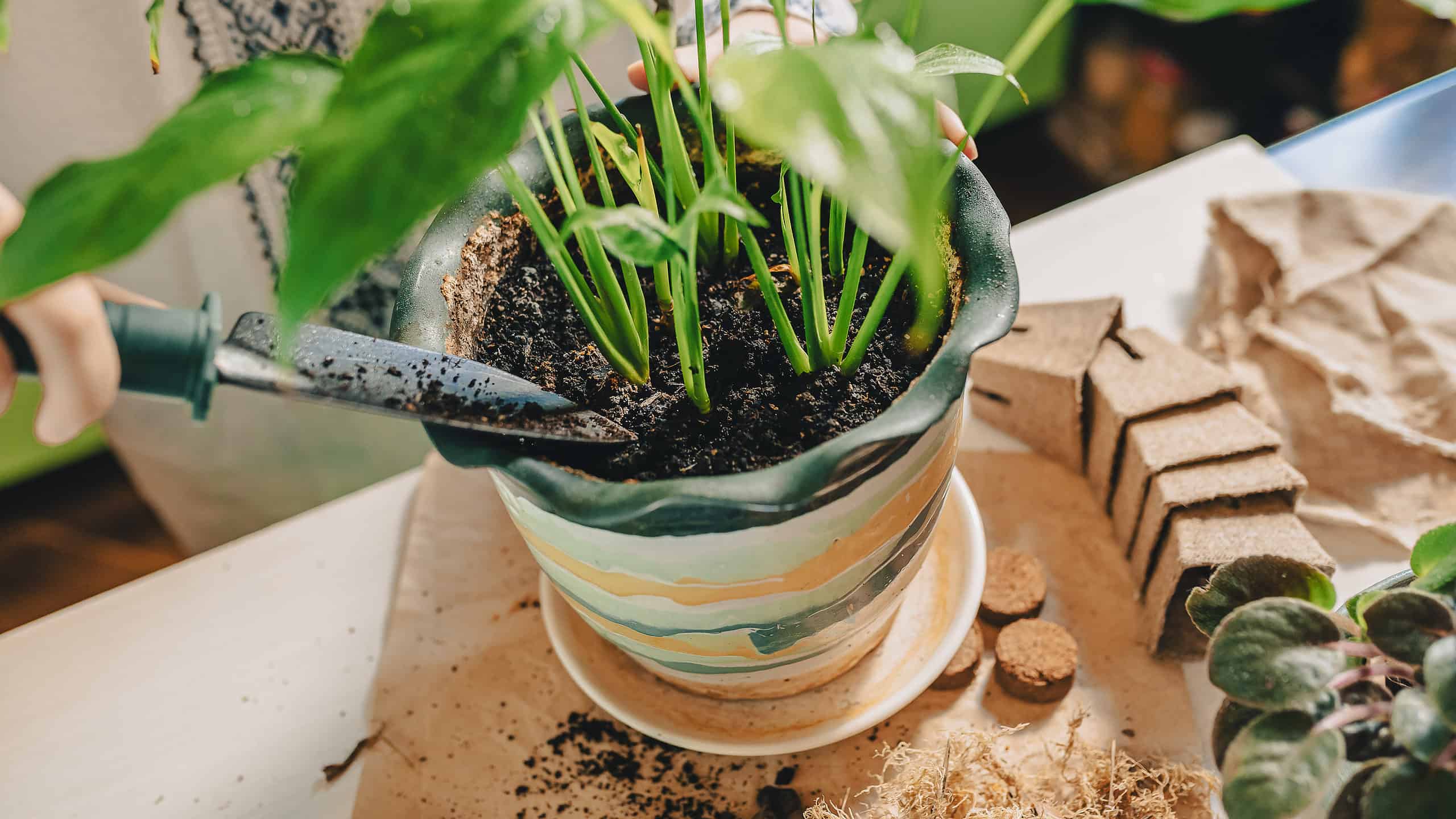
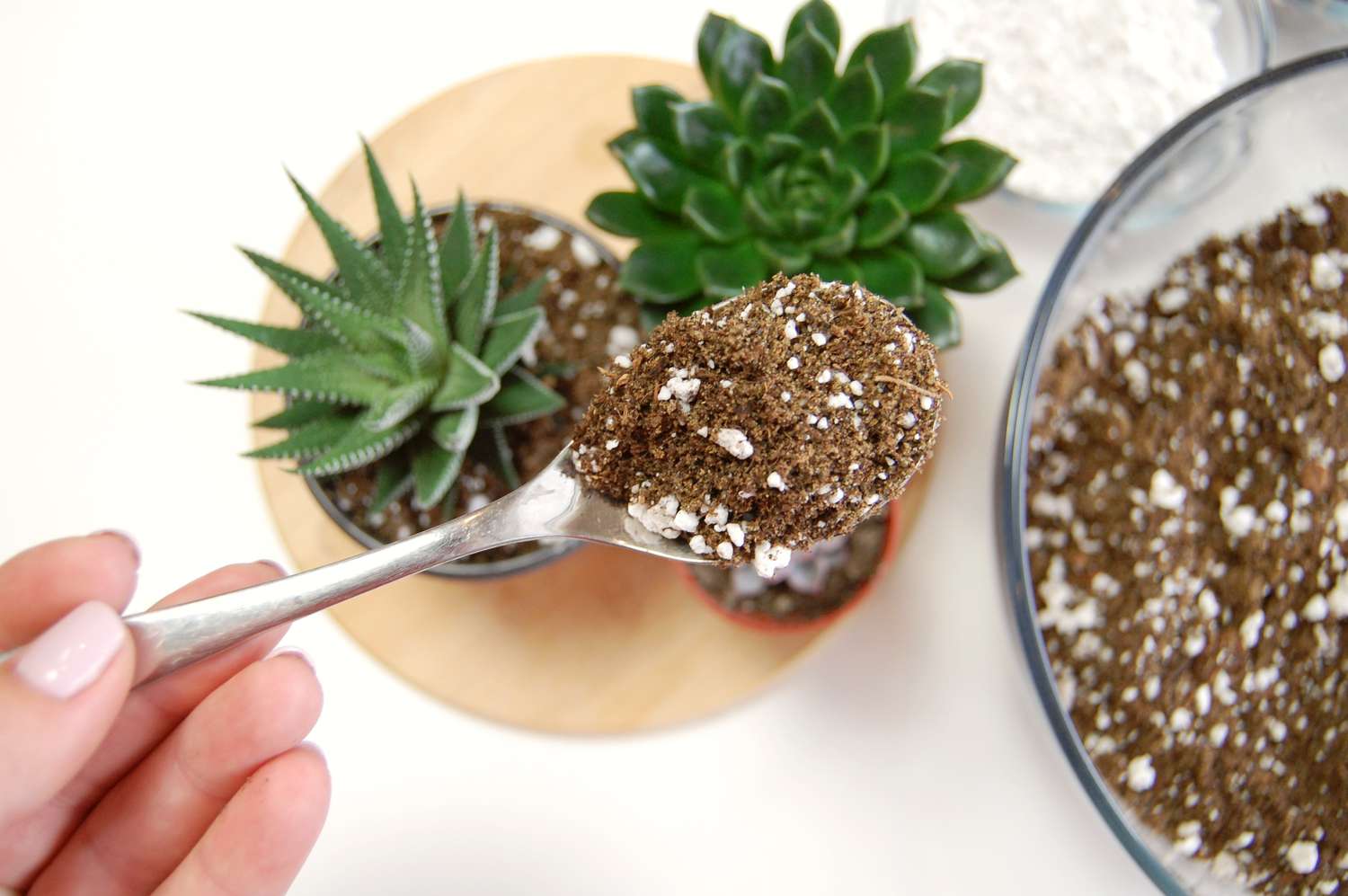
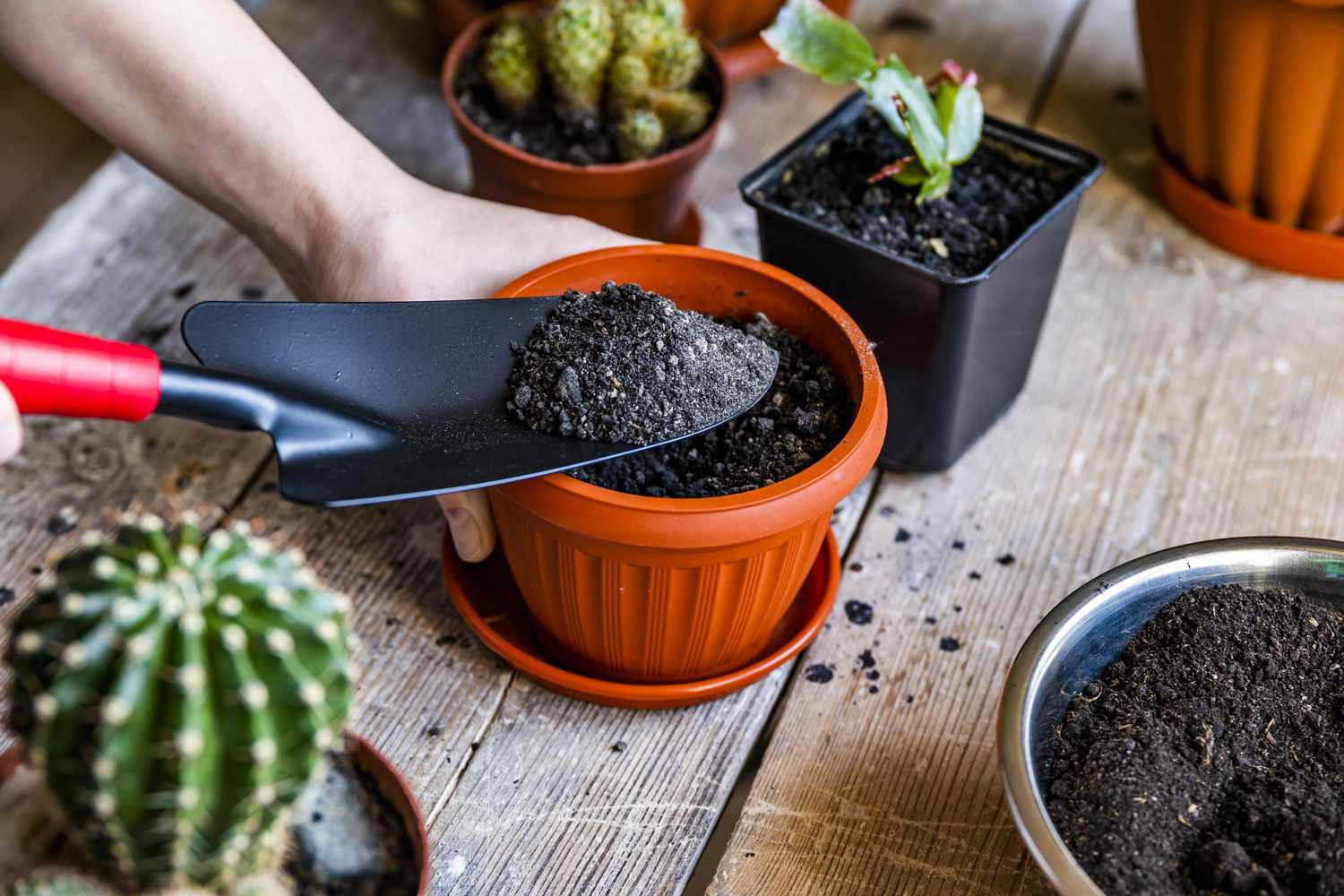
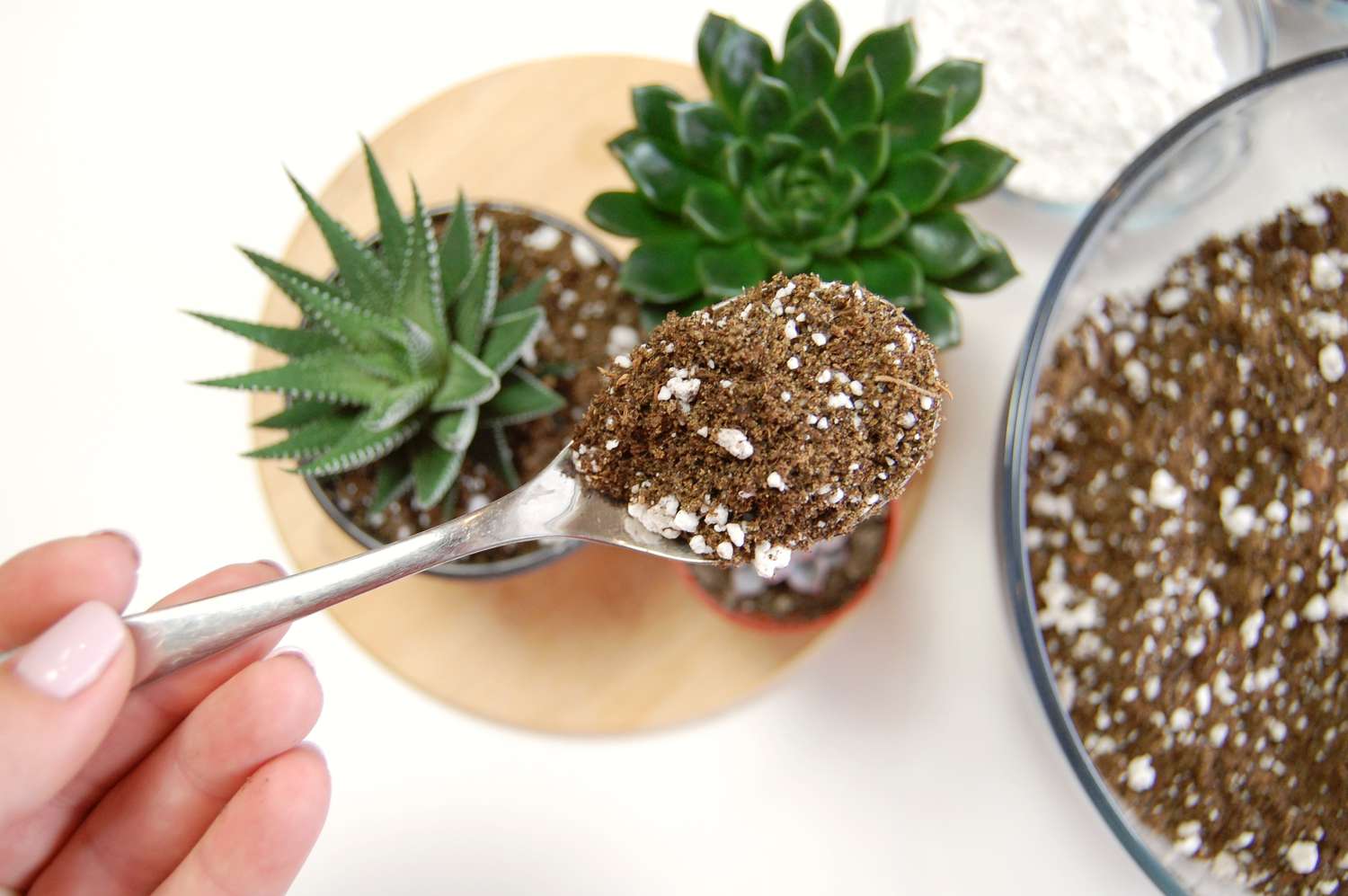
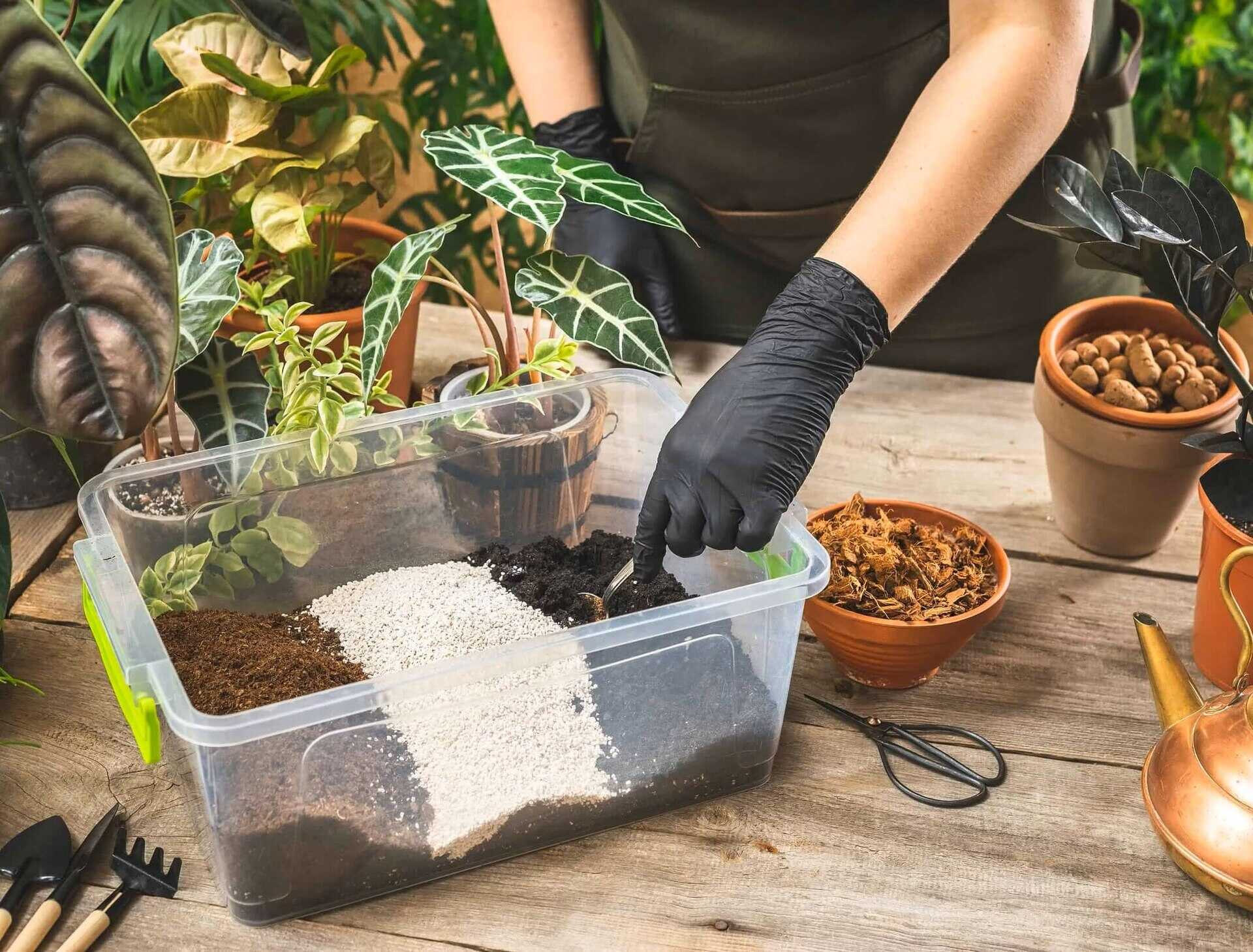

0 thoughts on “How Many Pots Per Cubic Foot Of Soil Mix”